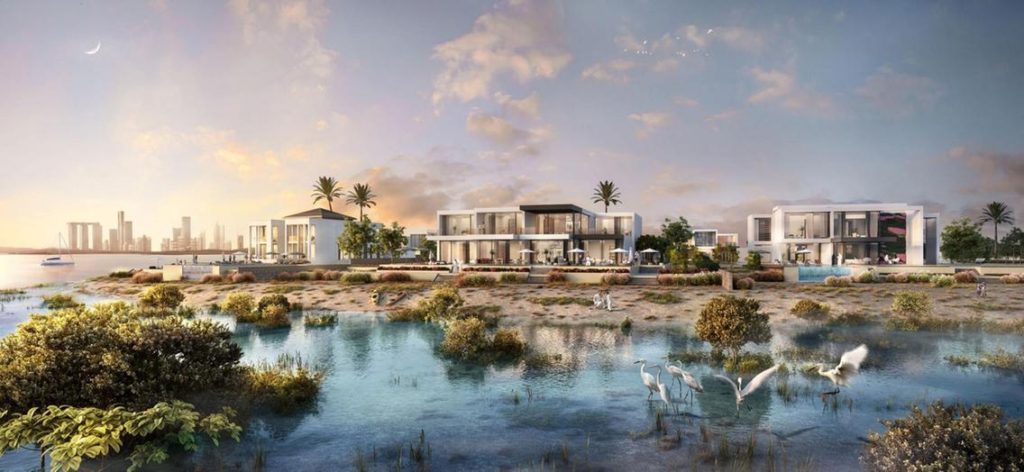The United Arab Emirates is renowned for its daunting skyscrapers, colossal malls, and extravagant hotels. However, developers of Jubail Island are looking forward to making the newest urban region Abu Dhabi’s ‘nature and nurture’ center.
Situated between Yas Island and Saadiyat Island in Abu Dhabi, the underdeveloped island is to be entirely transformed in a matter of three years and will cost around USD 1.3 billion. Developers of the project are planning to make Jubail Island home to 5,000 to 6,000 residents, that rounds up to around six newly-built ‘villages’.

Richard Russell, Chief Operations Officer at the Jubail Island Investment Company (JIIC) stated that the new project is everything that the UAE skyscraper image is not. For instance, the island will see to control the heights of buildings with no villas higher than 15 meters. In addition, a number of features such as landscaped walkways, cycle paths, and green parks are designed to attract nature and health enthusiasts.
“It’s quite unique the way it’s laid out and integrated with the environment. There’s discovery, wellness, creativity, and activities, it’s not a downtown urban development,” said Rachel Russell.
The handing over is to begin at the start of 2021, with new residents free to build their own homes as long as they concur with the maximum height policies and use approved building materials; other properties are being built by the JIIC.

The overall plan has 800 homes scheduled to be constructed, along with two schools, a beach club, sports centers, six mosques, a town center, apartments, a hotel, and office spaces. However, the tallest building will only be 10 stories tall.
Jubail Island properties are to be eligible for purchase by both Emiratis as well as expats. With earthworks already underway, a rapid period of construction is about to begin to deliver the homes before the deadline.
Jubail Island is one of the most beautiful natural habitats in the United Arab Emirates; however, even after this project is fully completed, only 10% of the island’s 4,000-hectare surface area will be occupied in order not to disturb the nature’s balance.

“The mandate was to respect the natural qualities that we have on the island,” said Mahmoud Dandashly, Sales Director at JIIC. “This came from our senior management and the authorities.”



